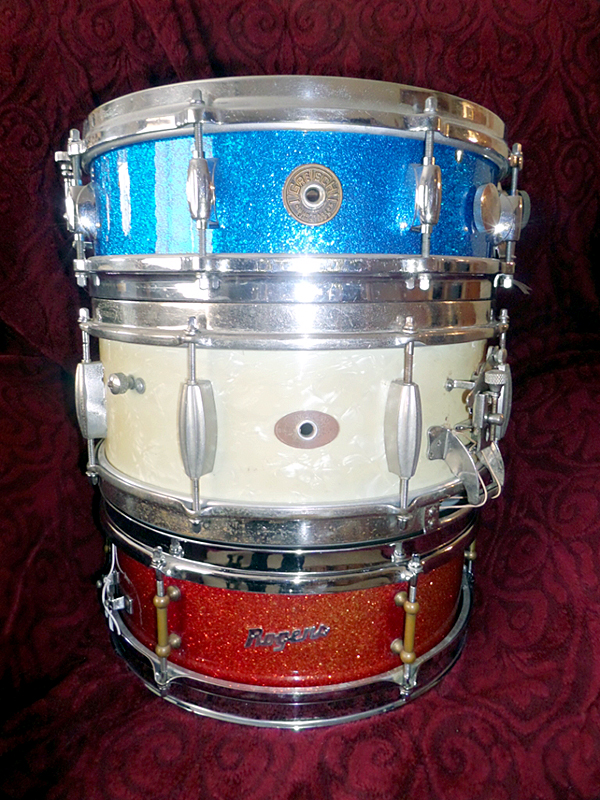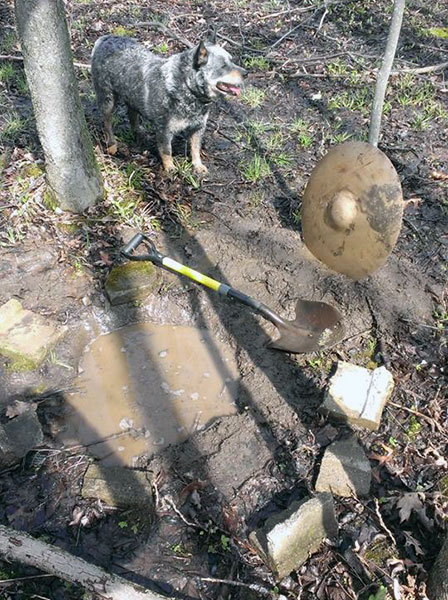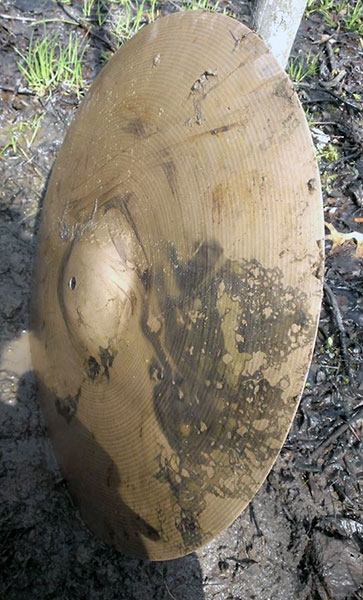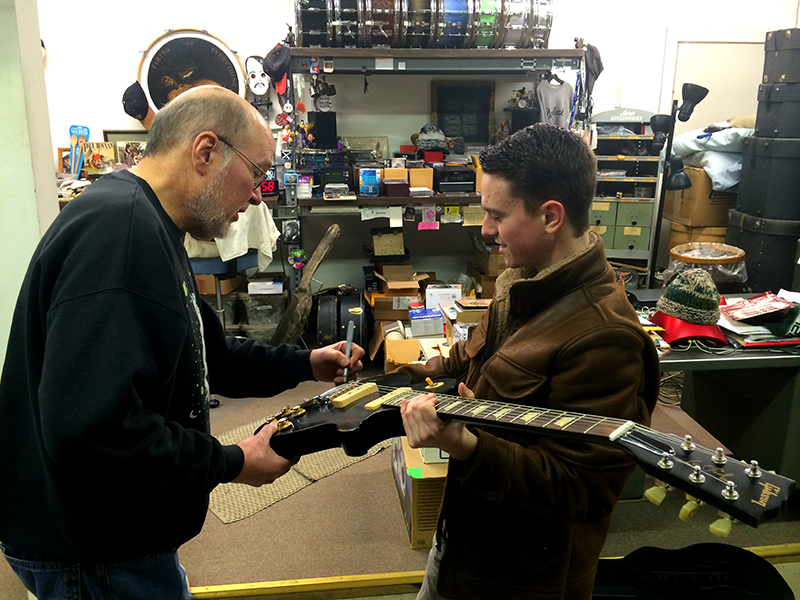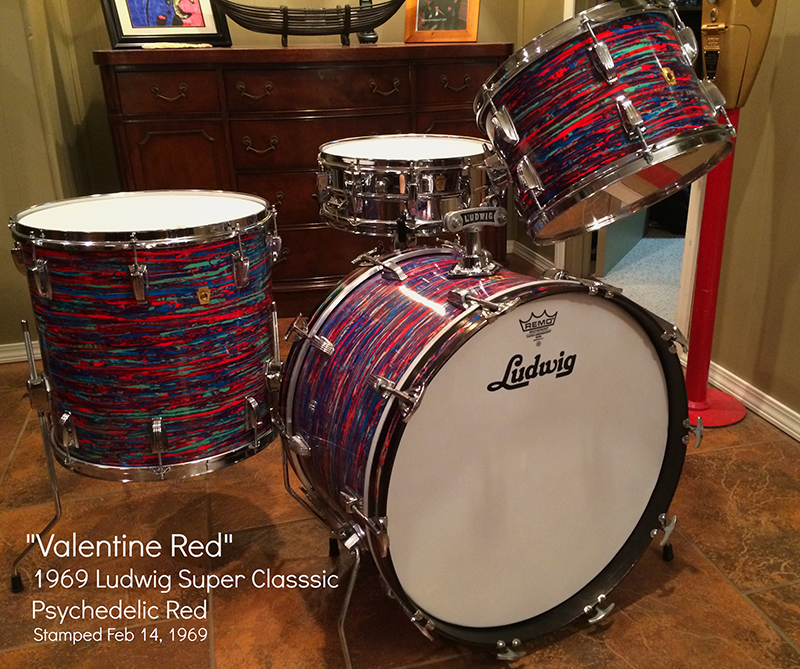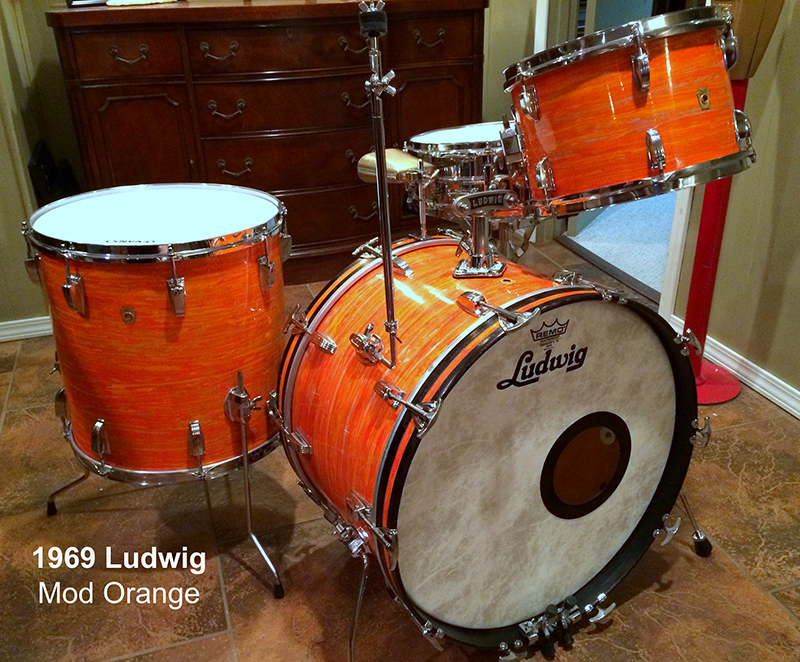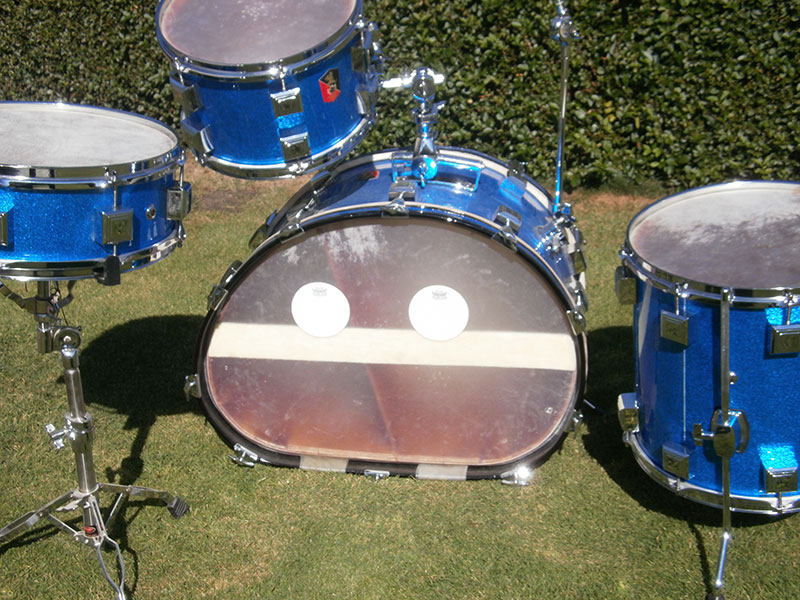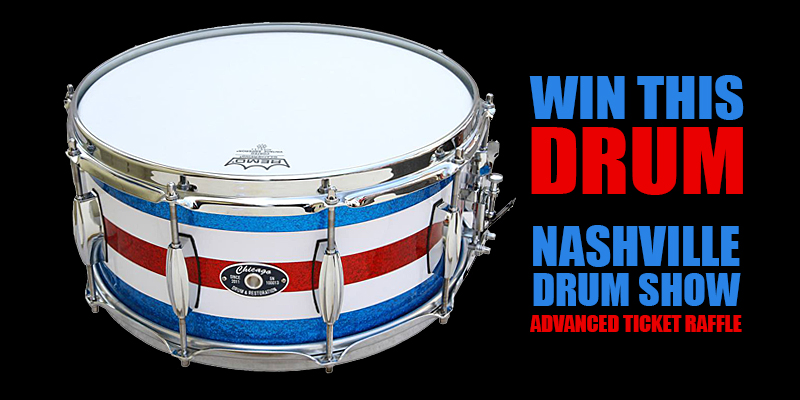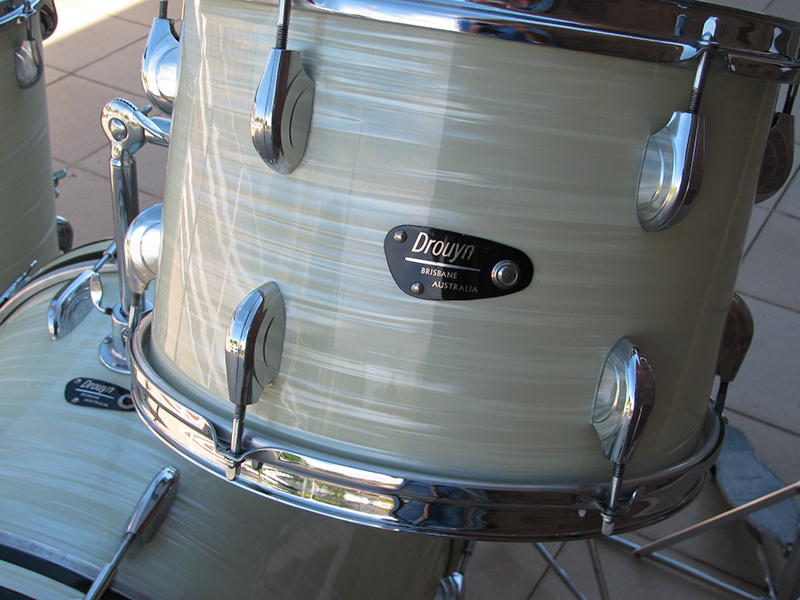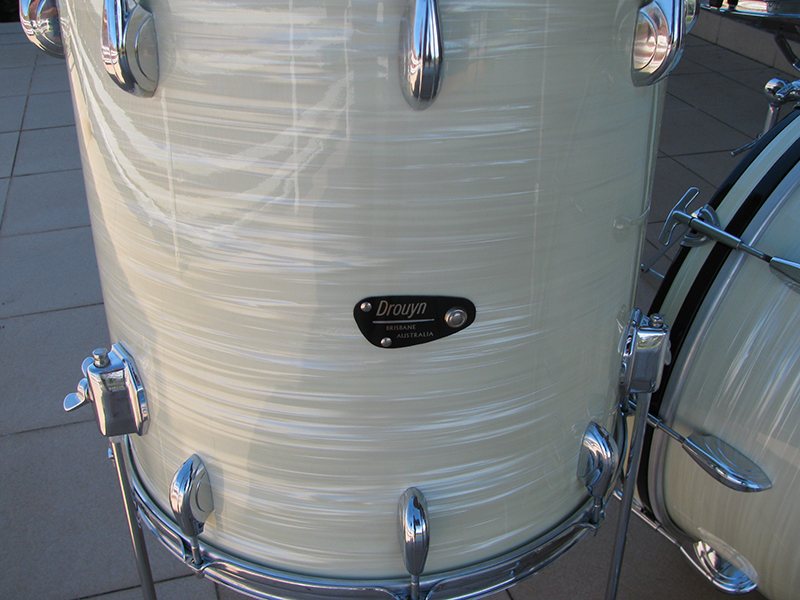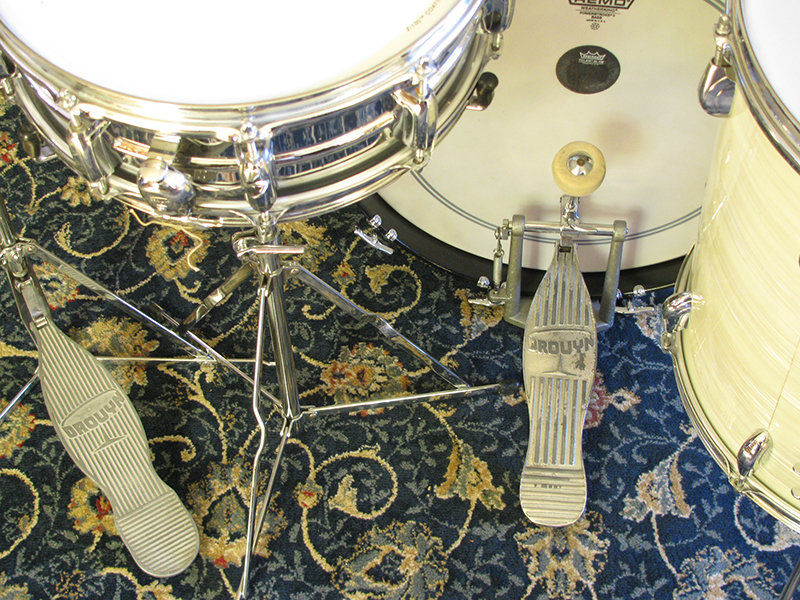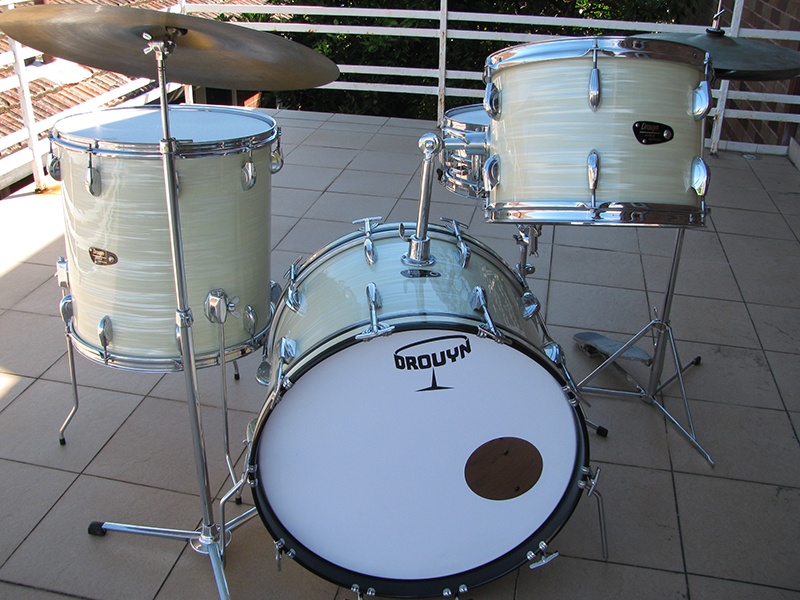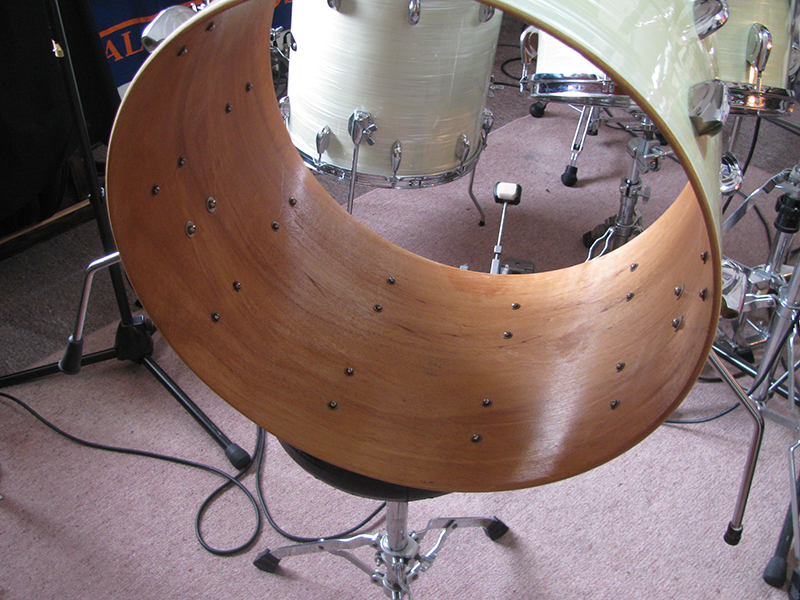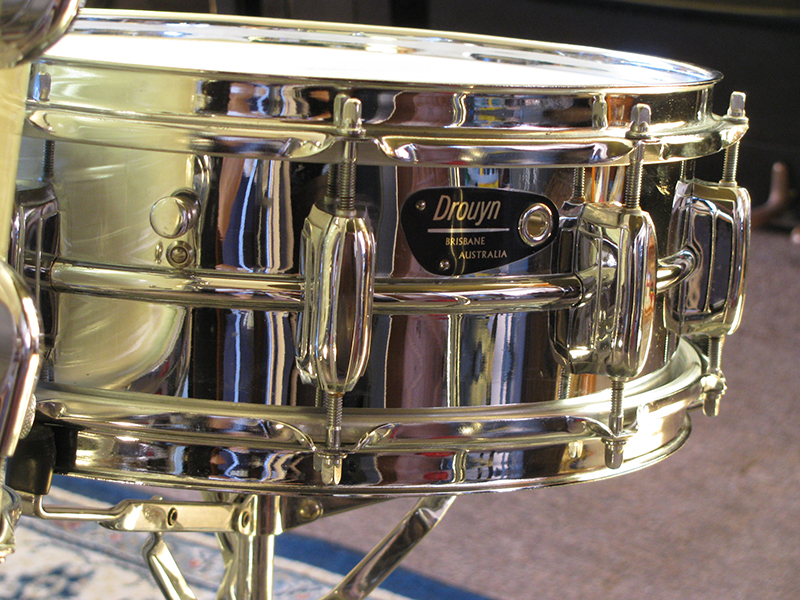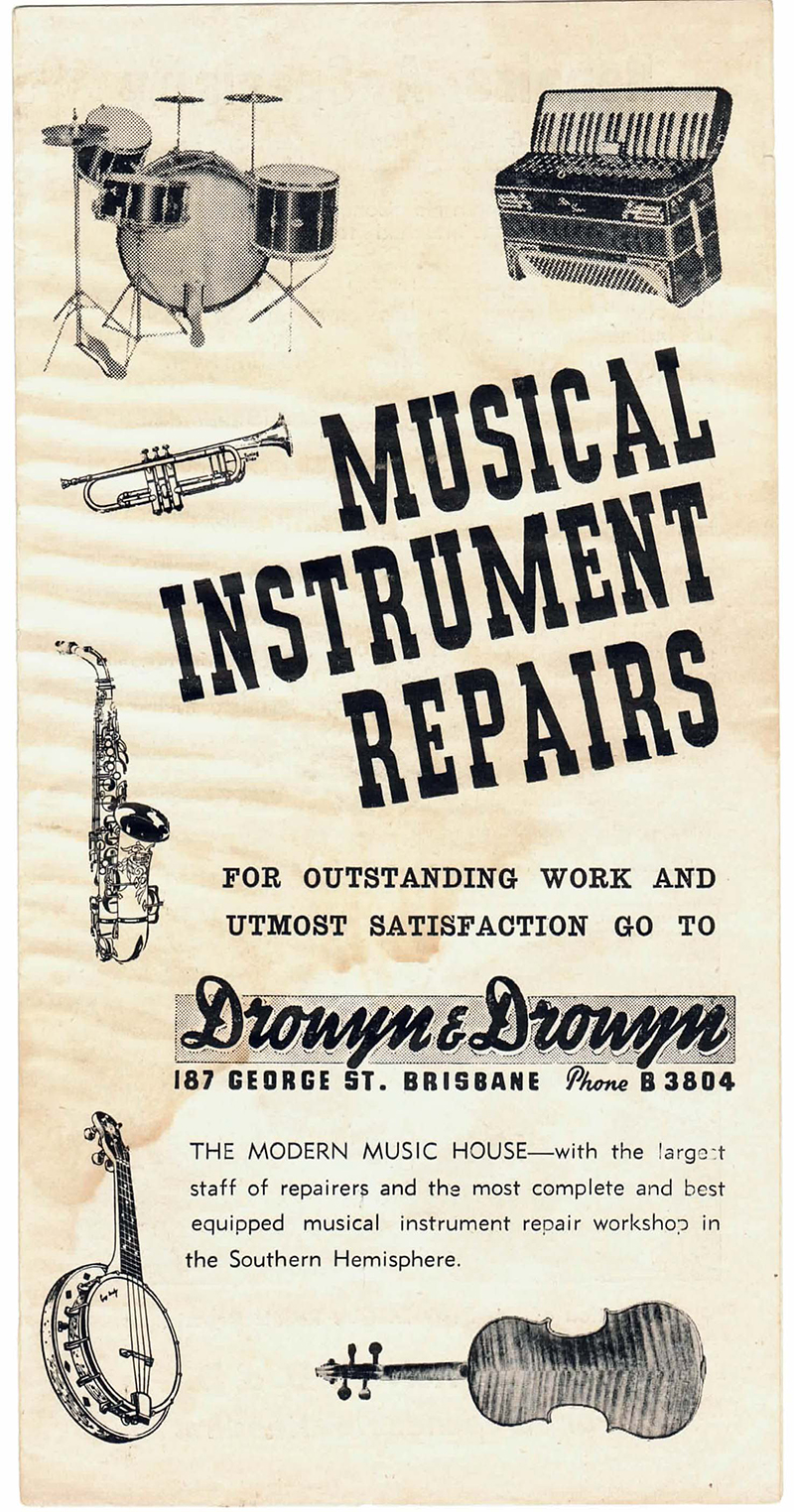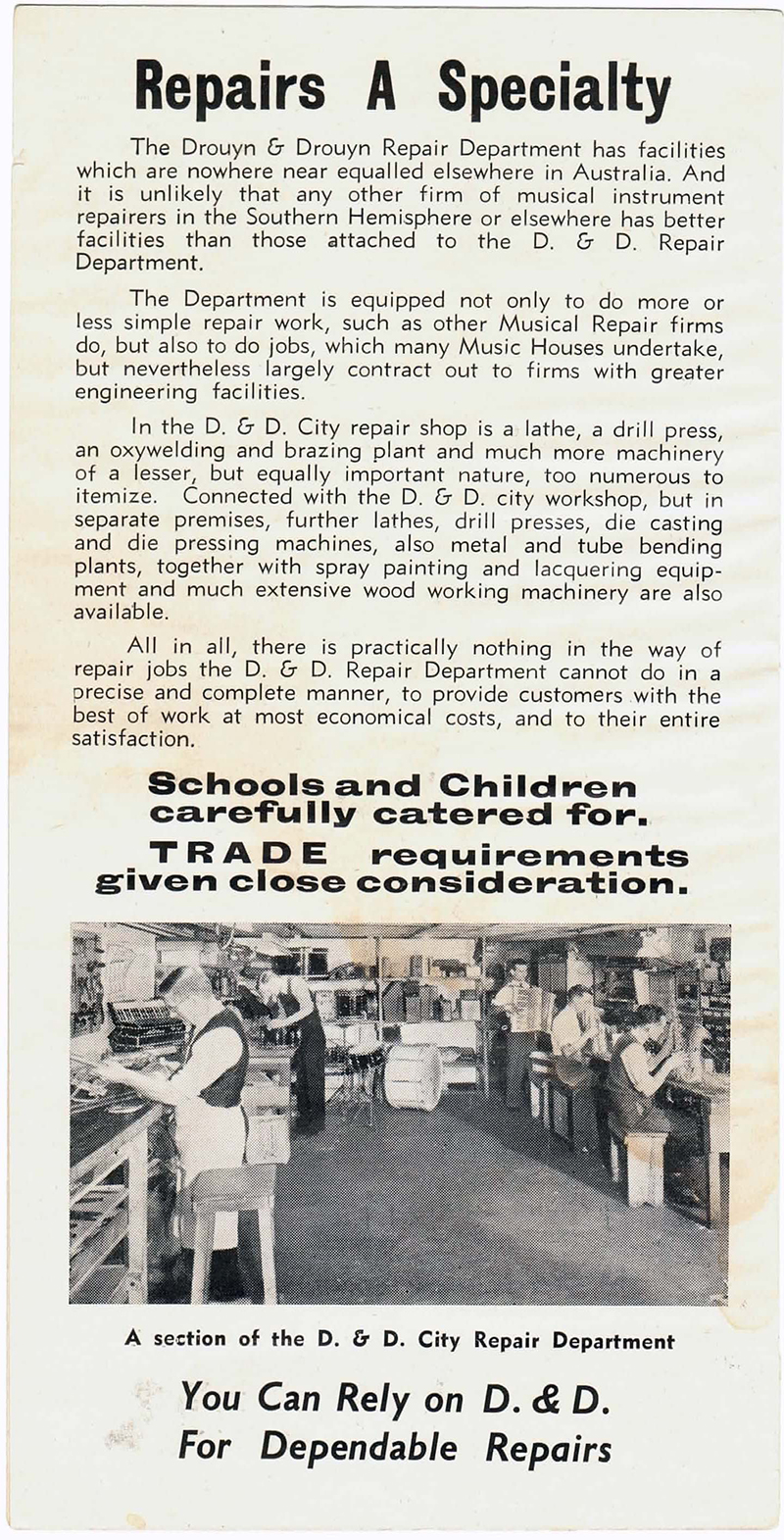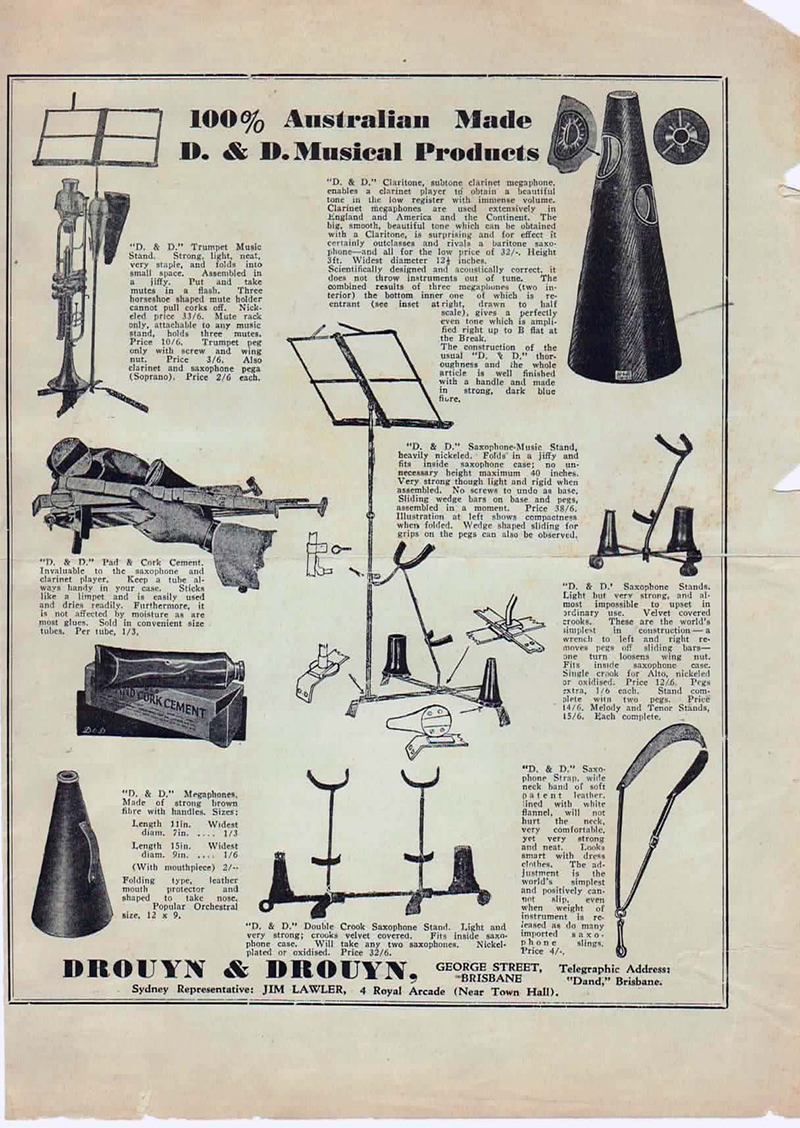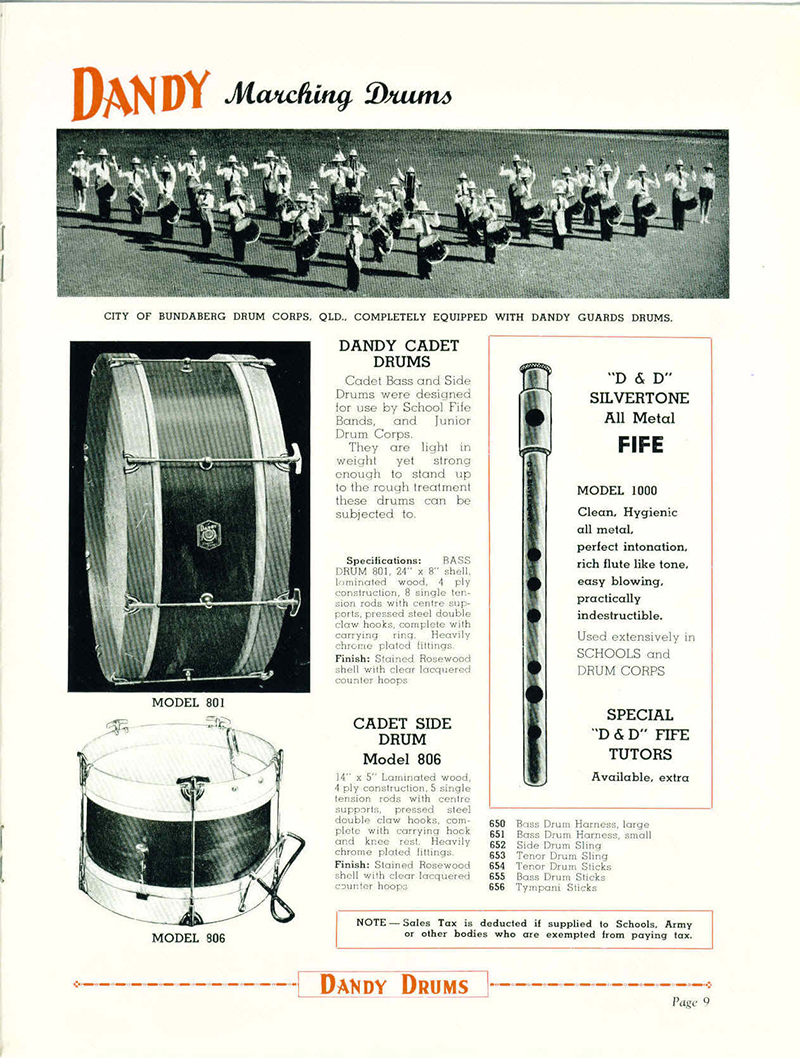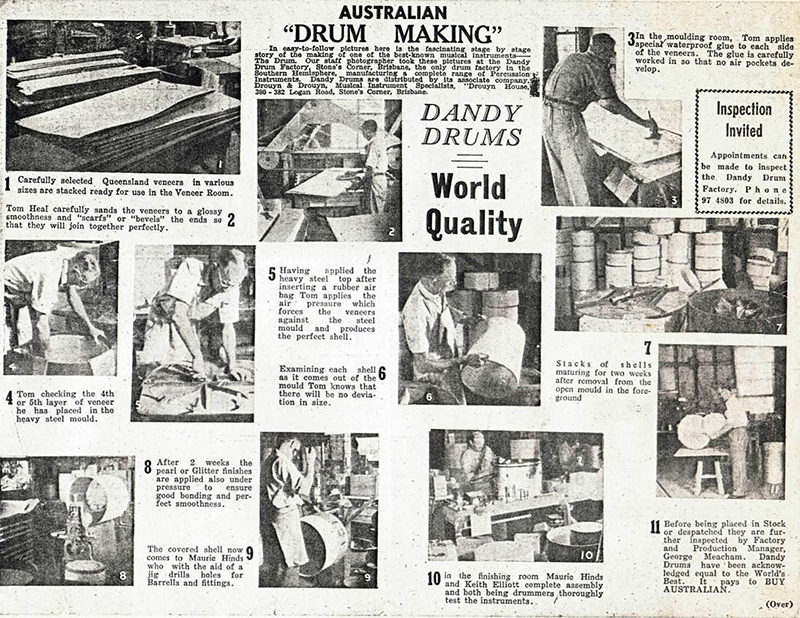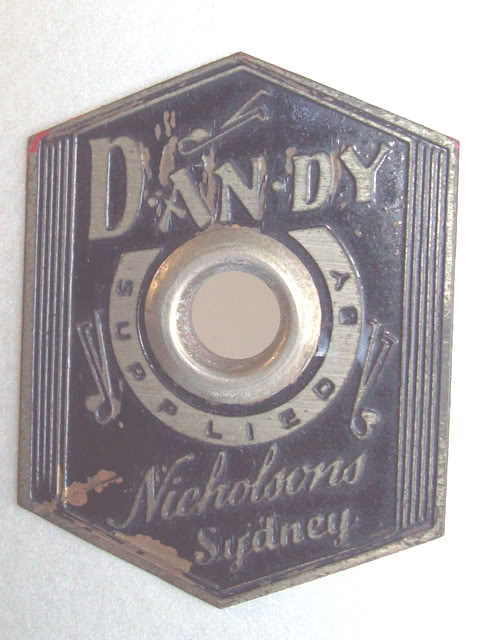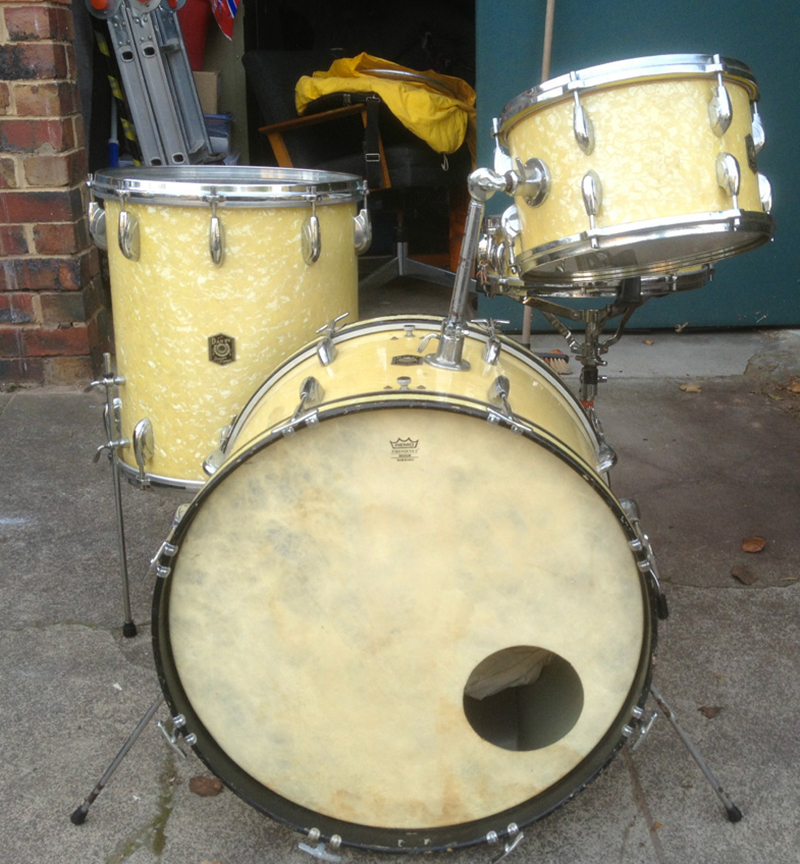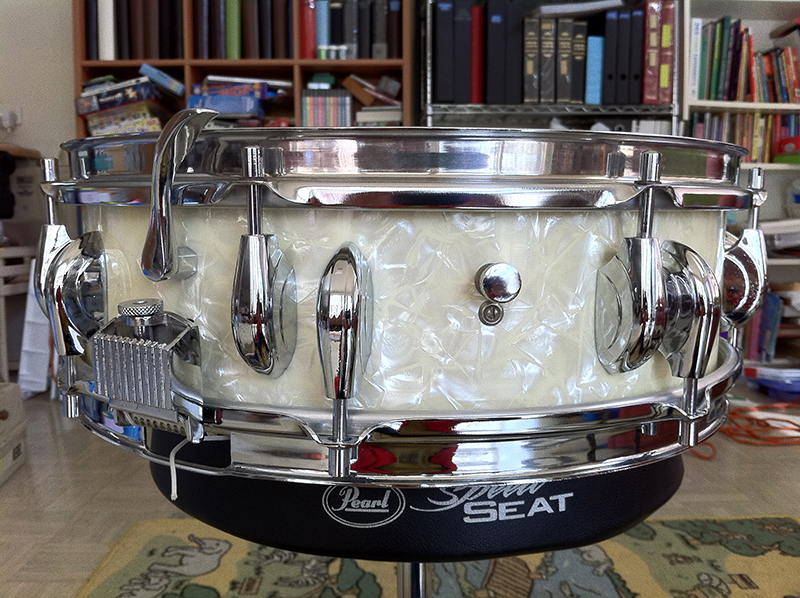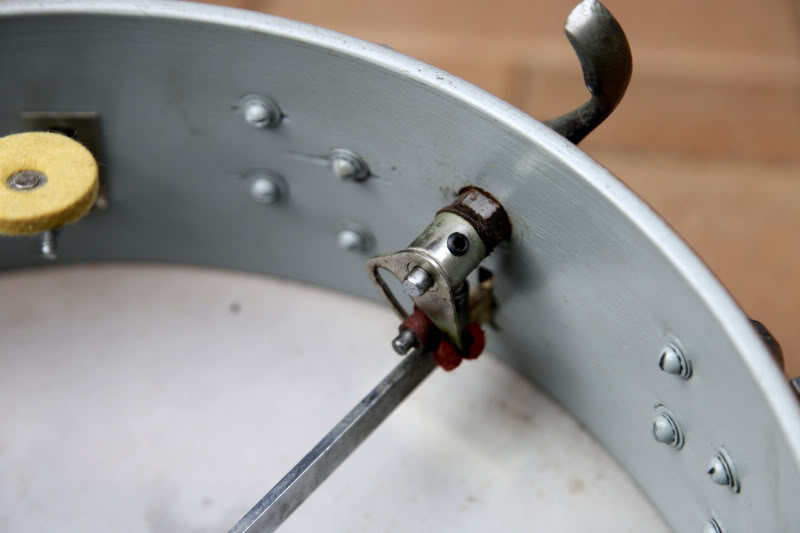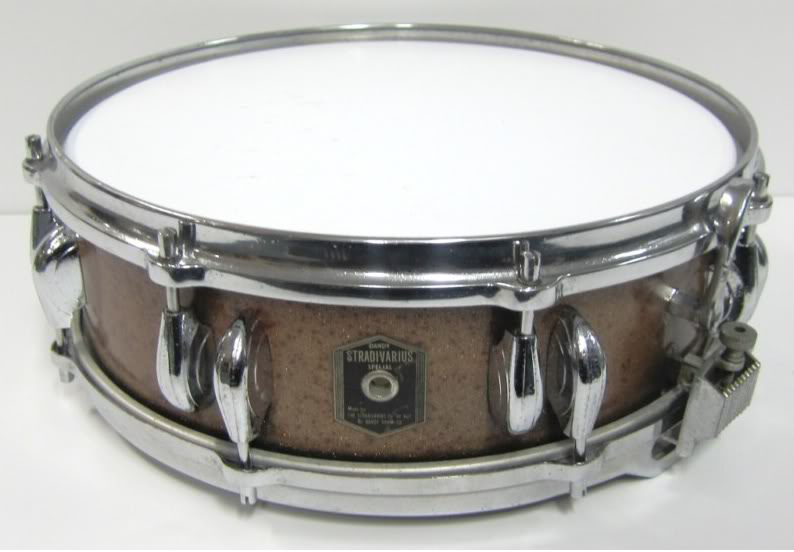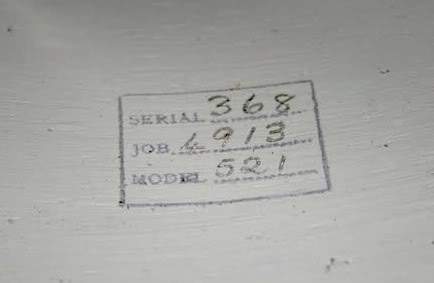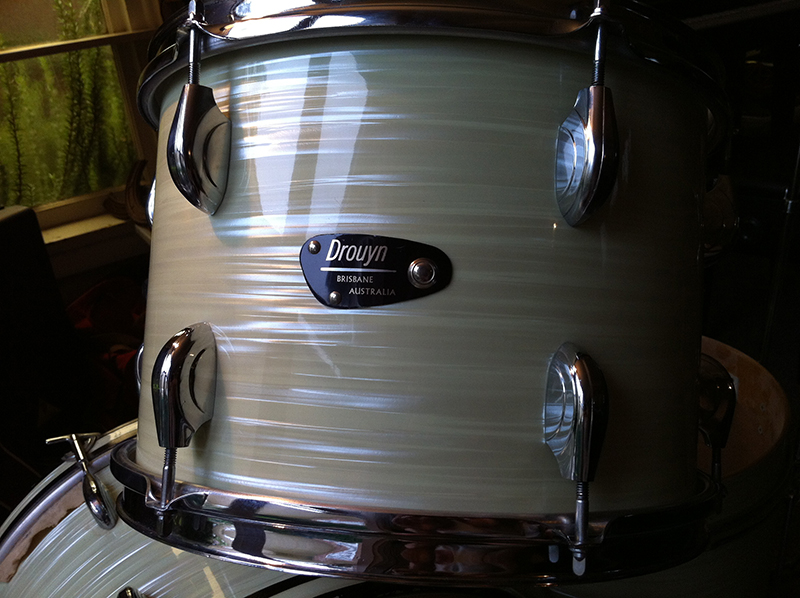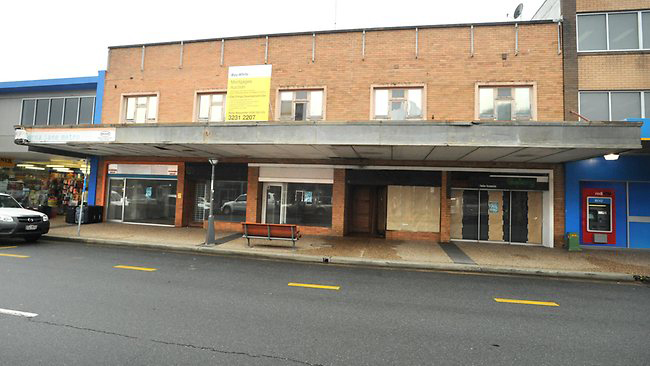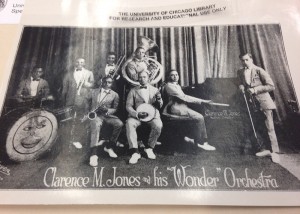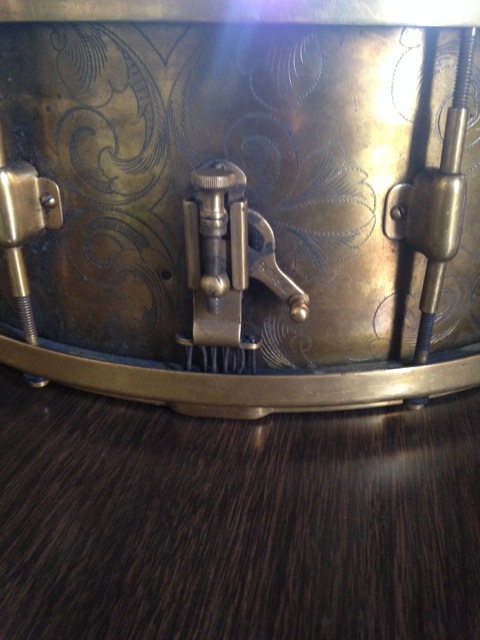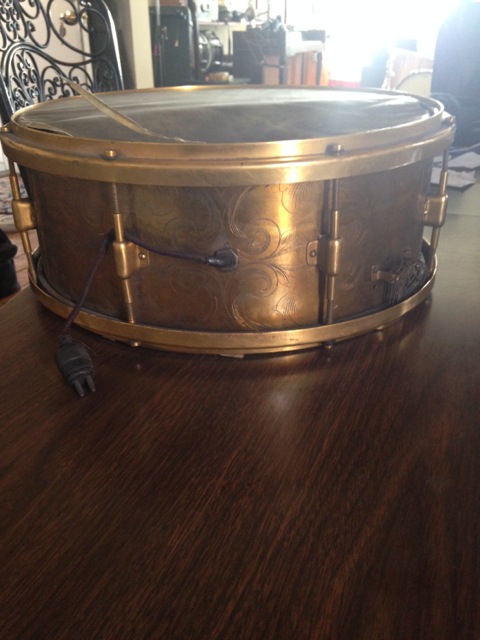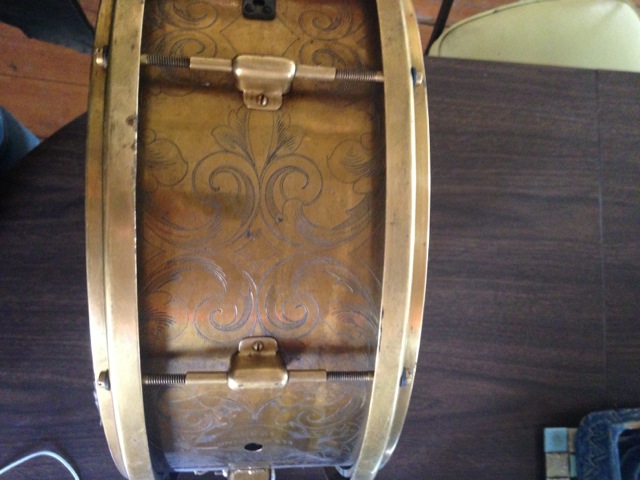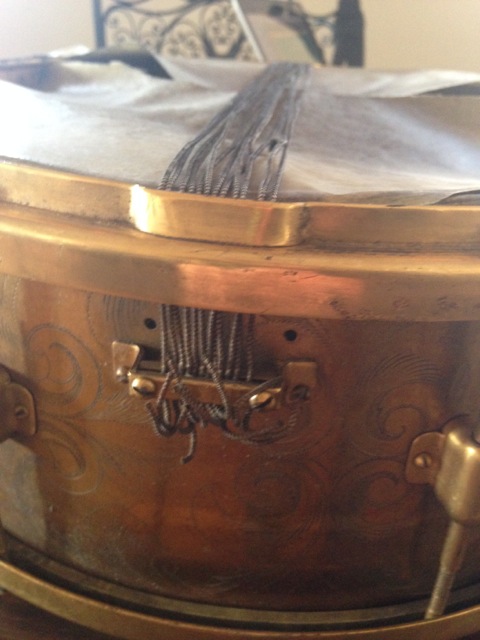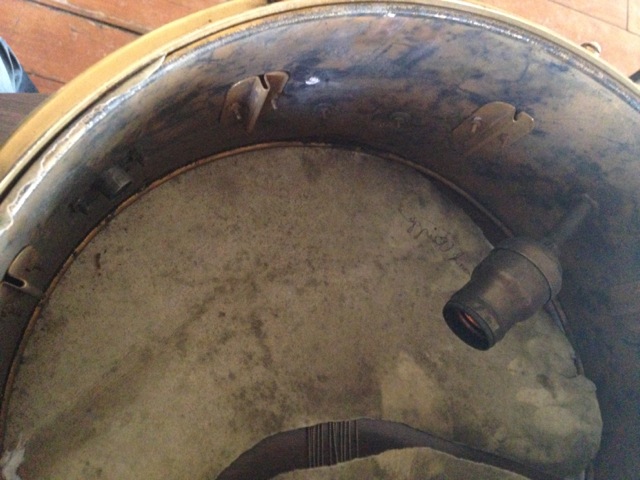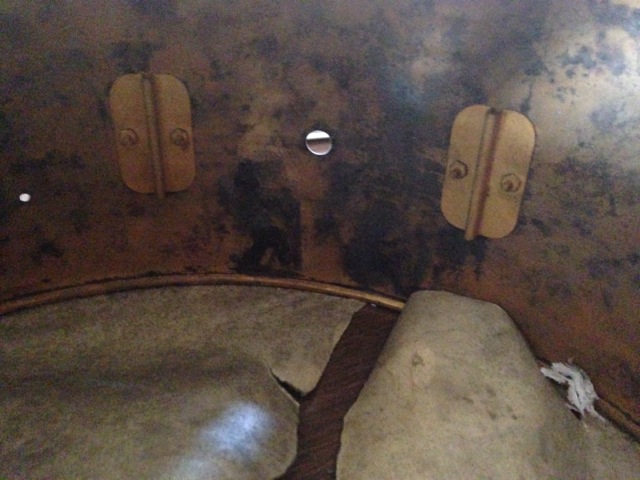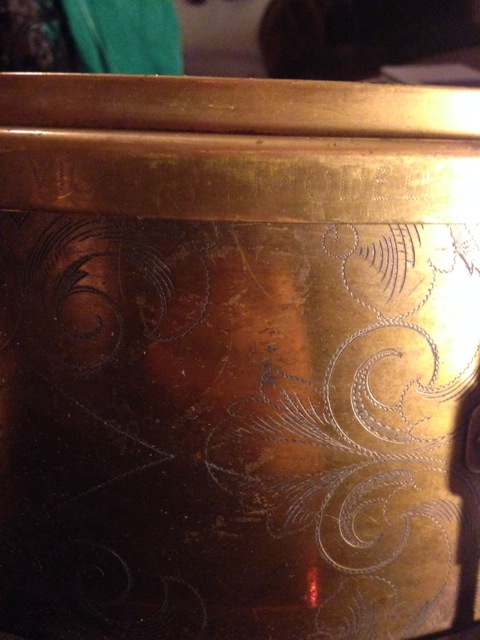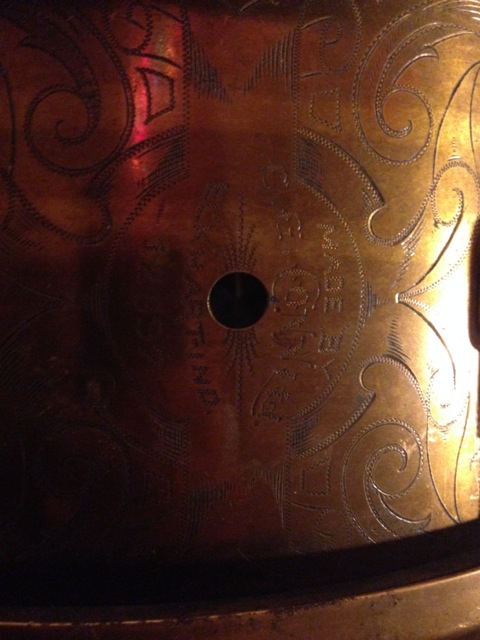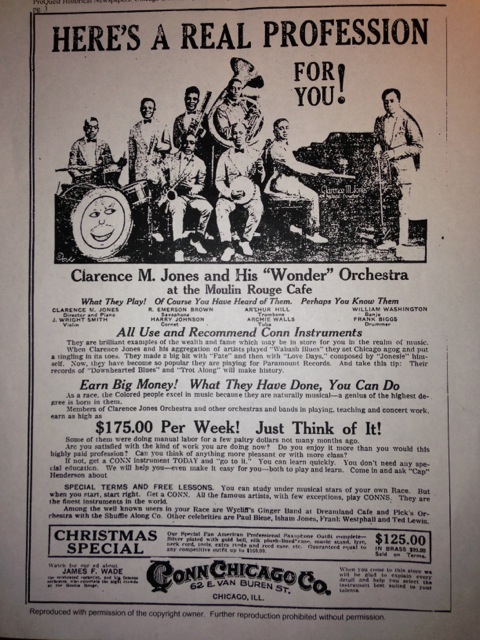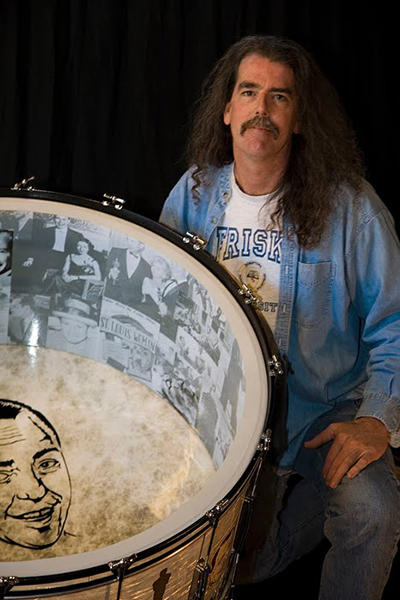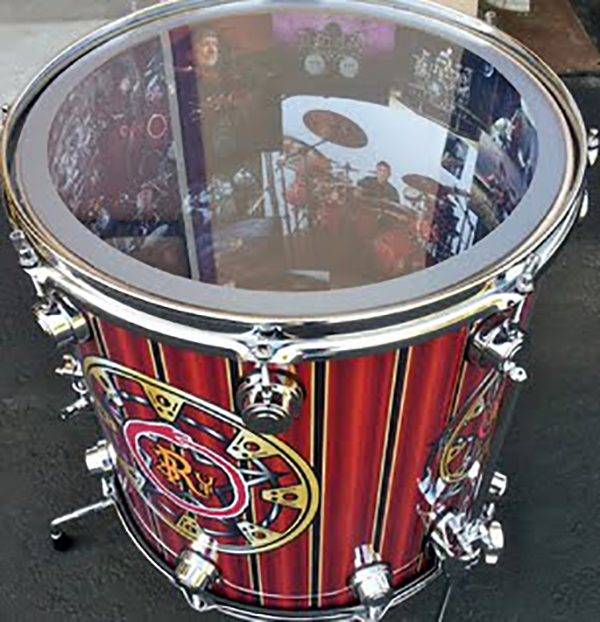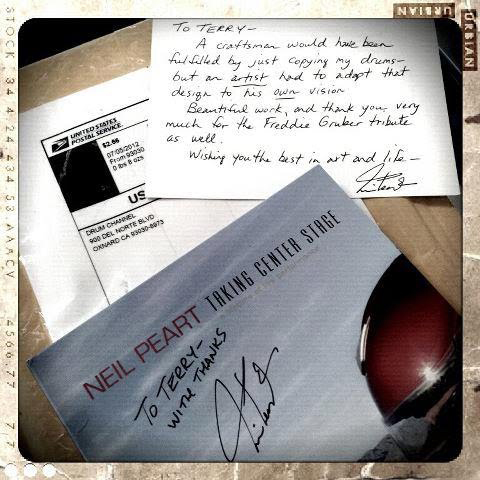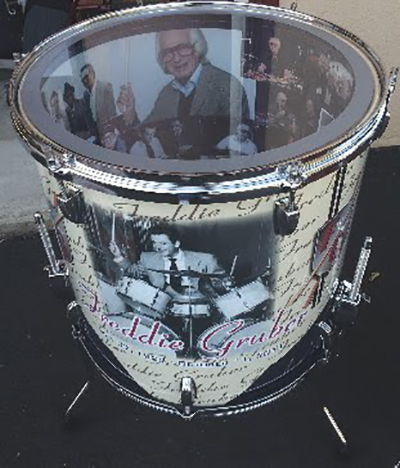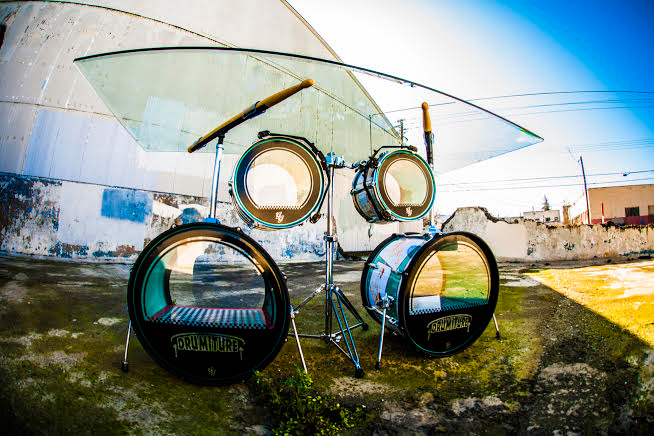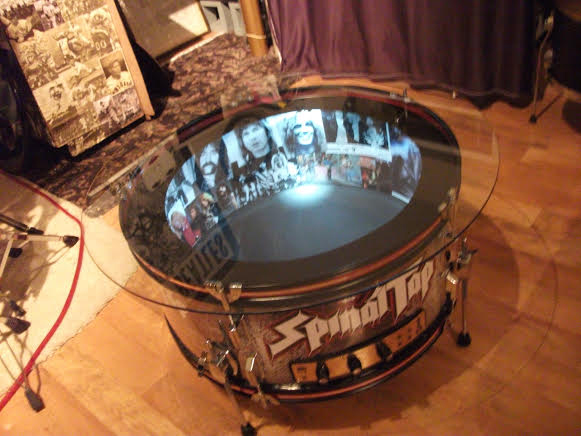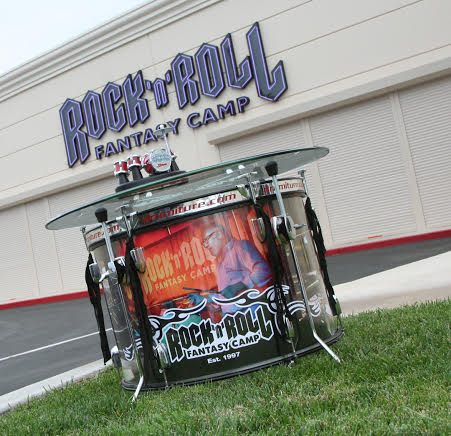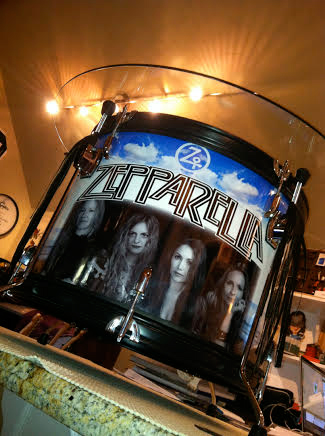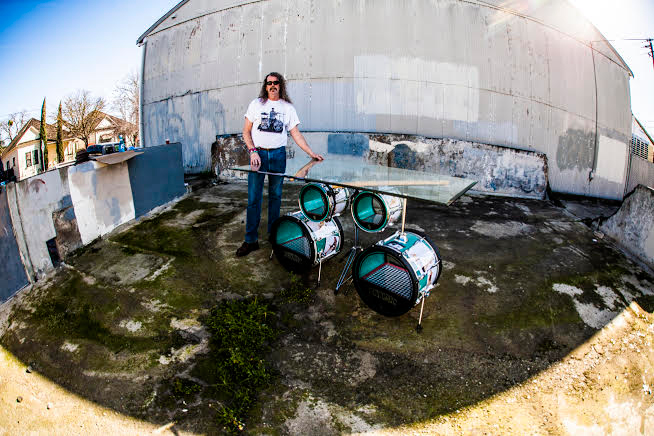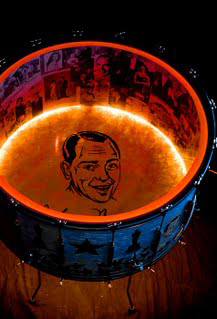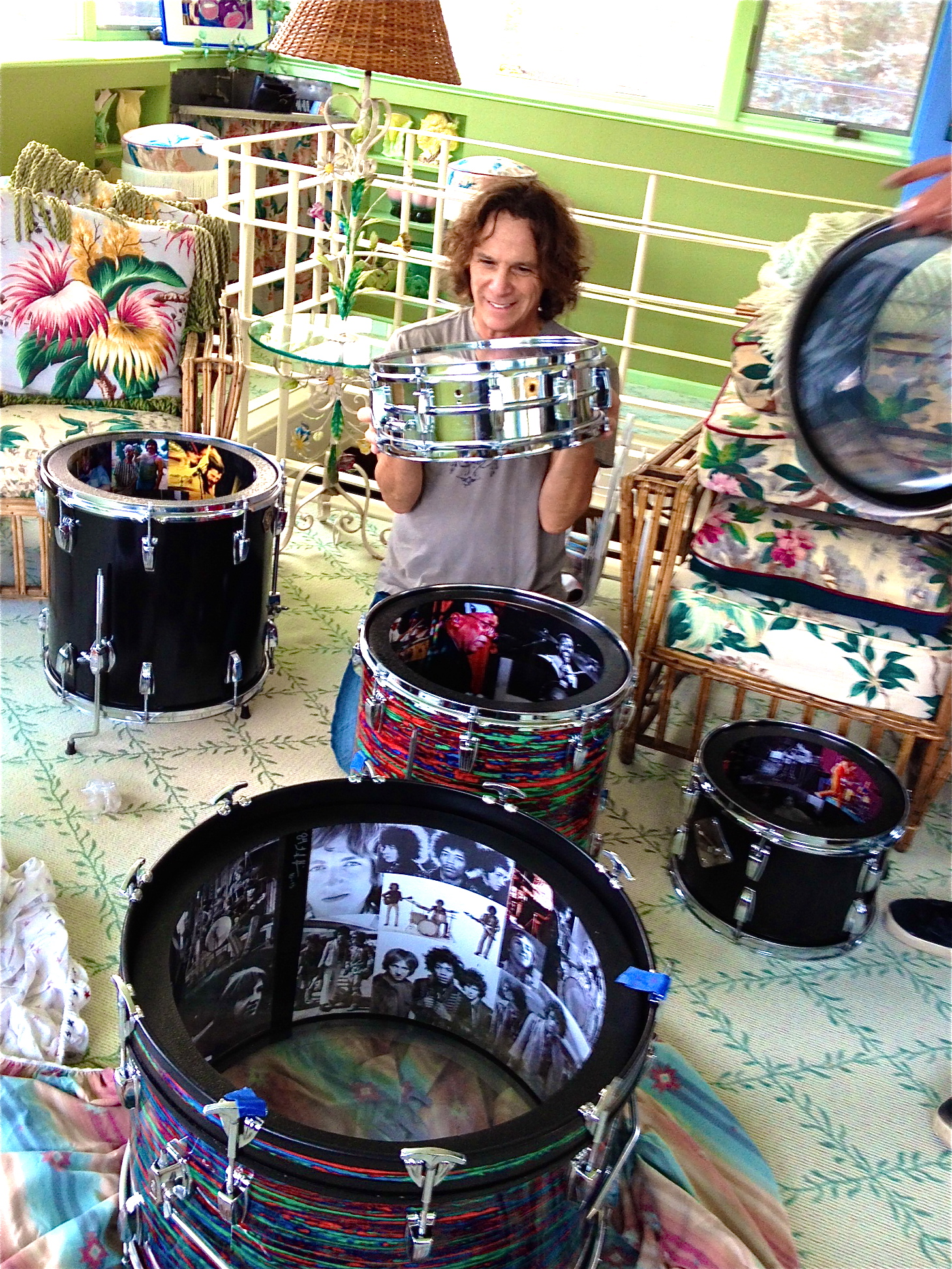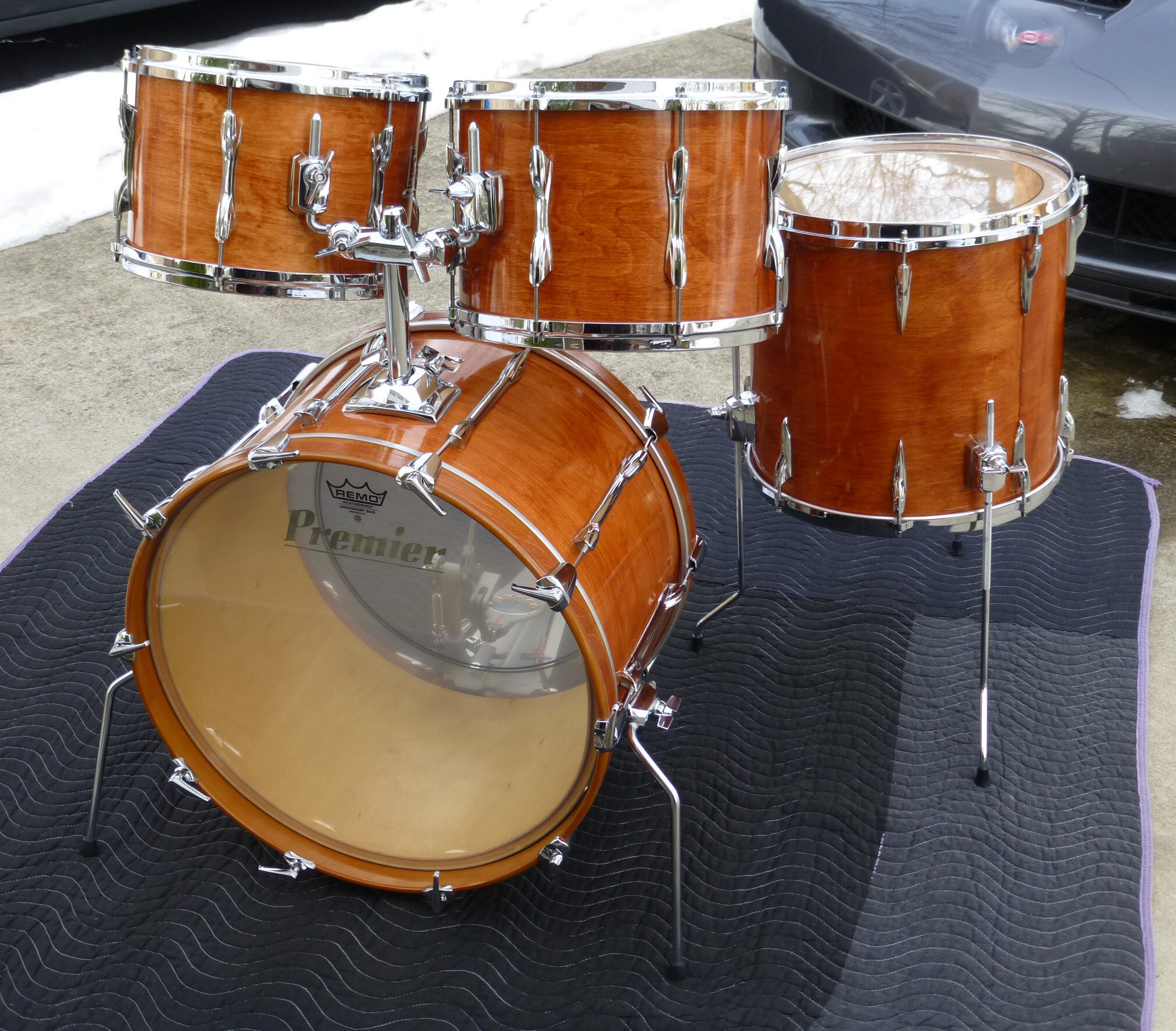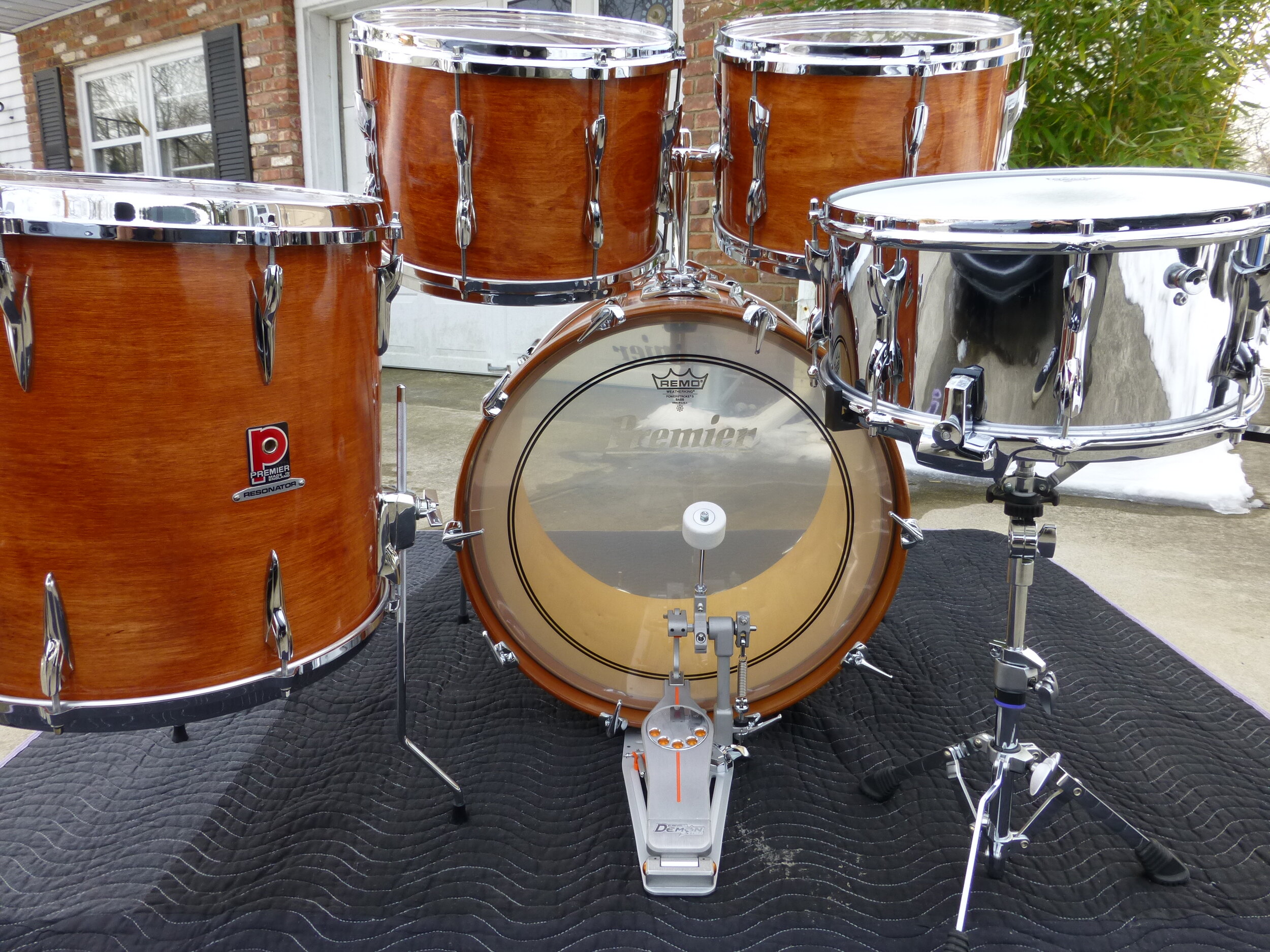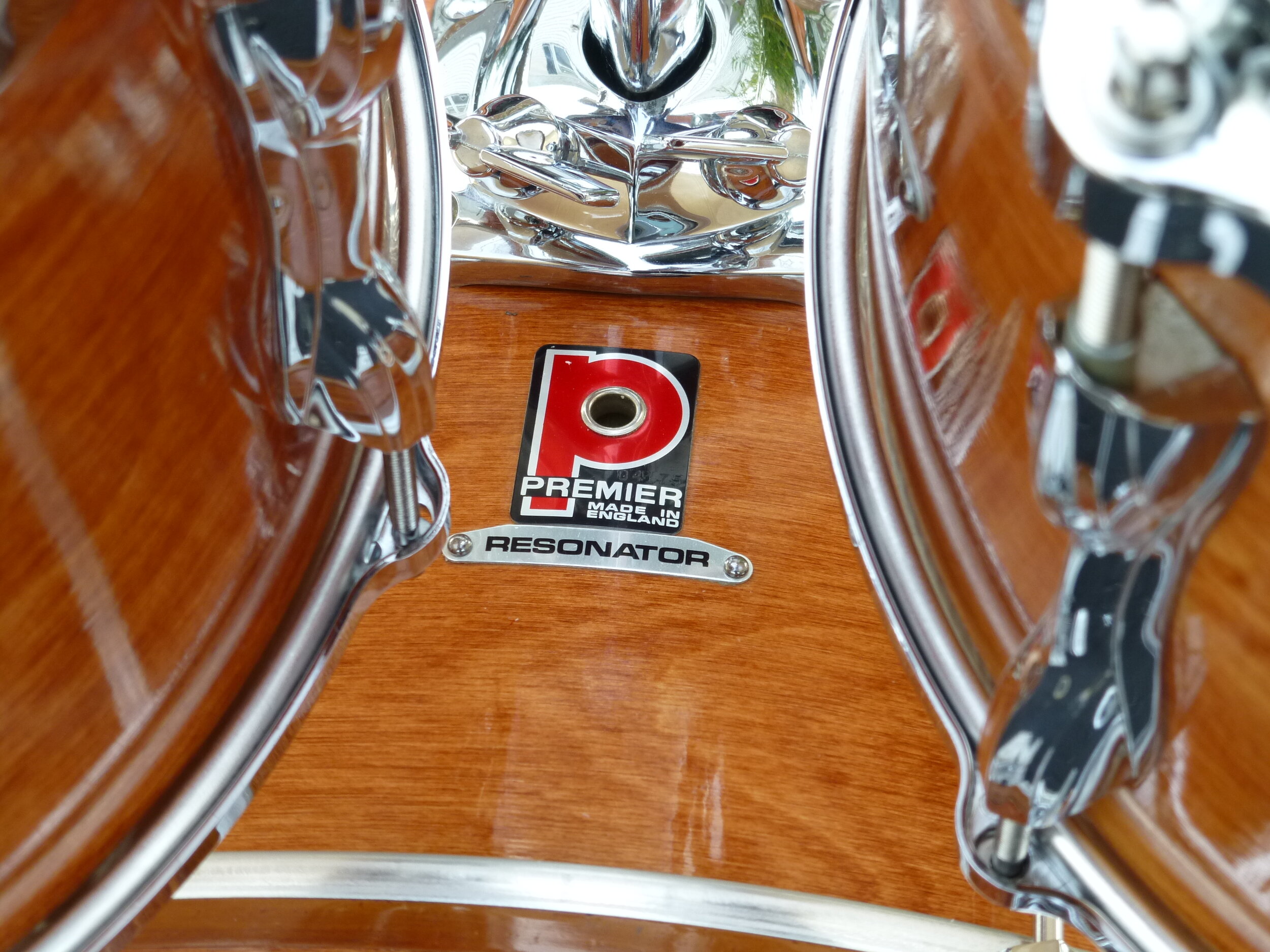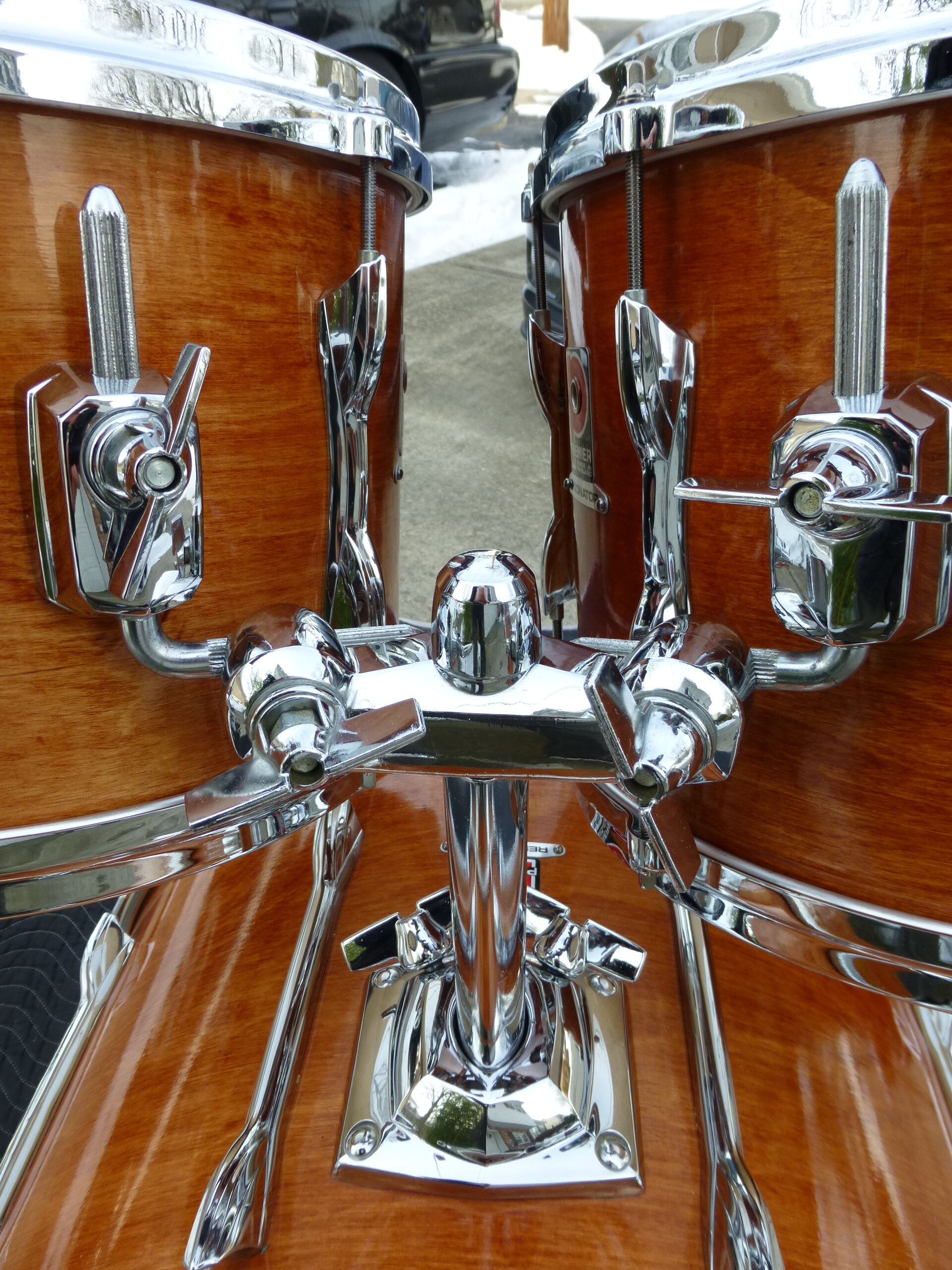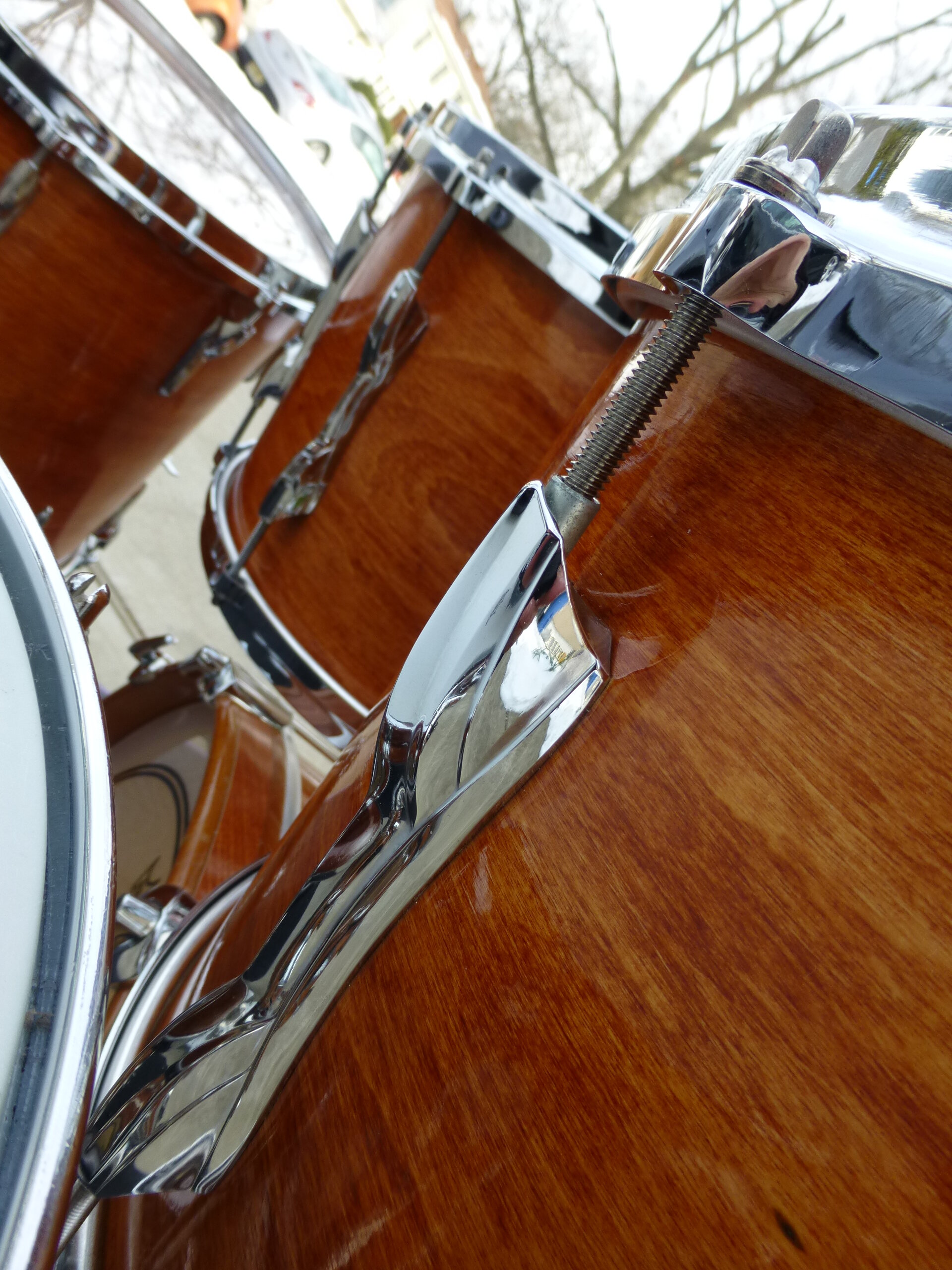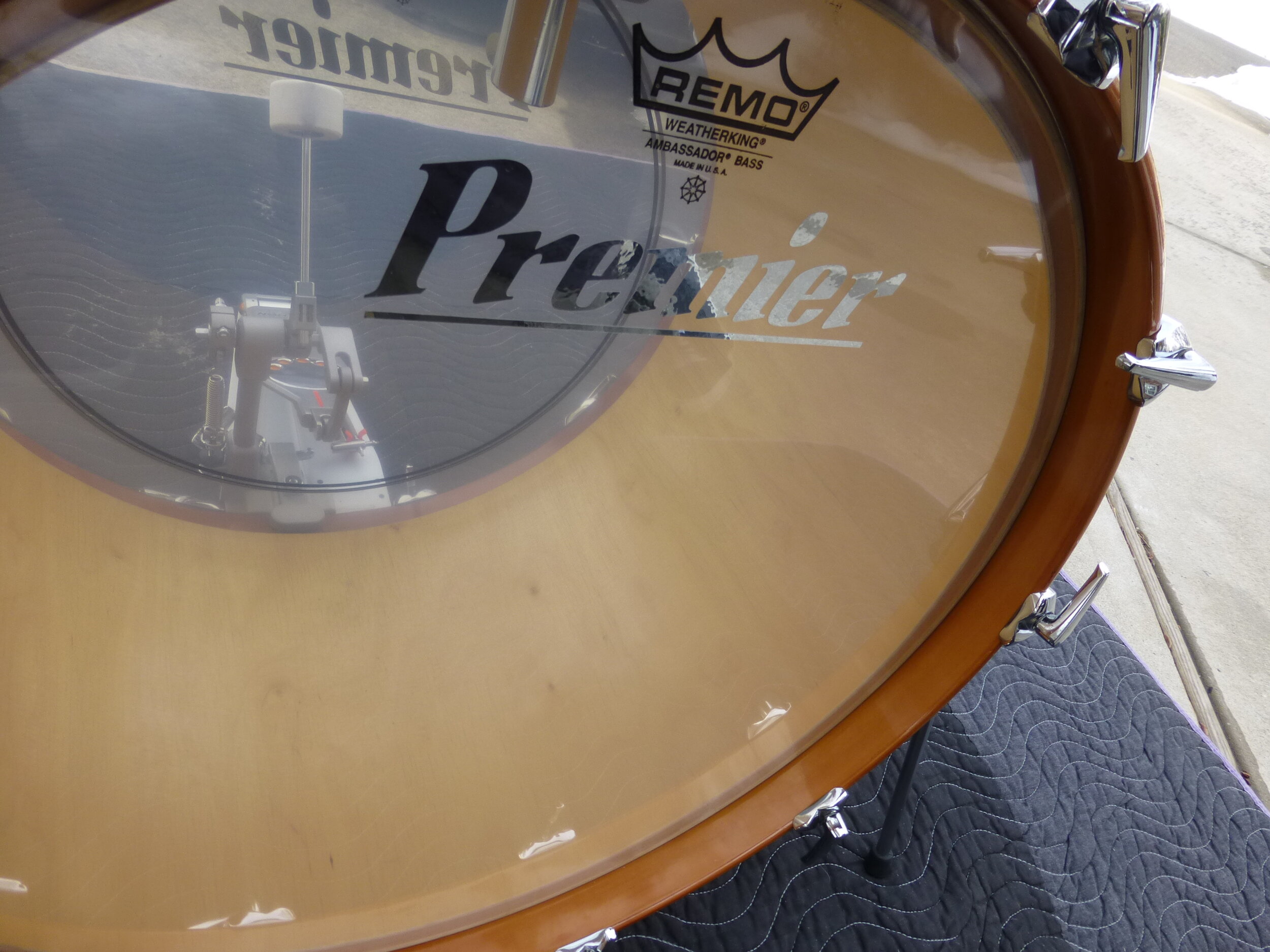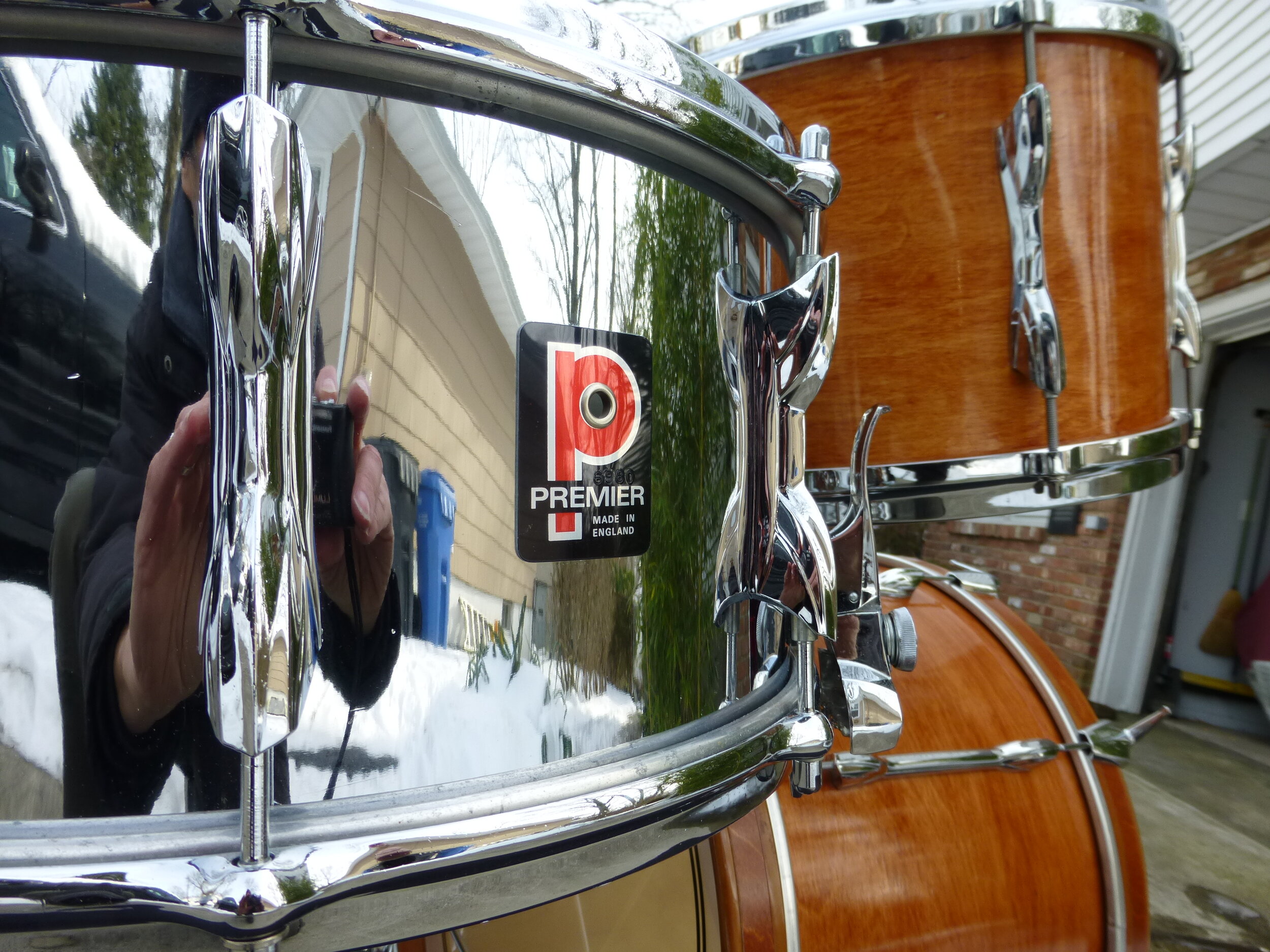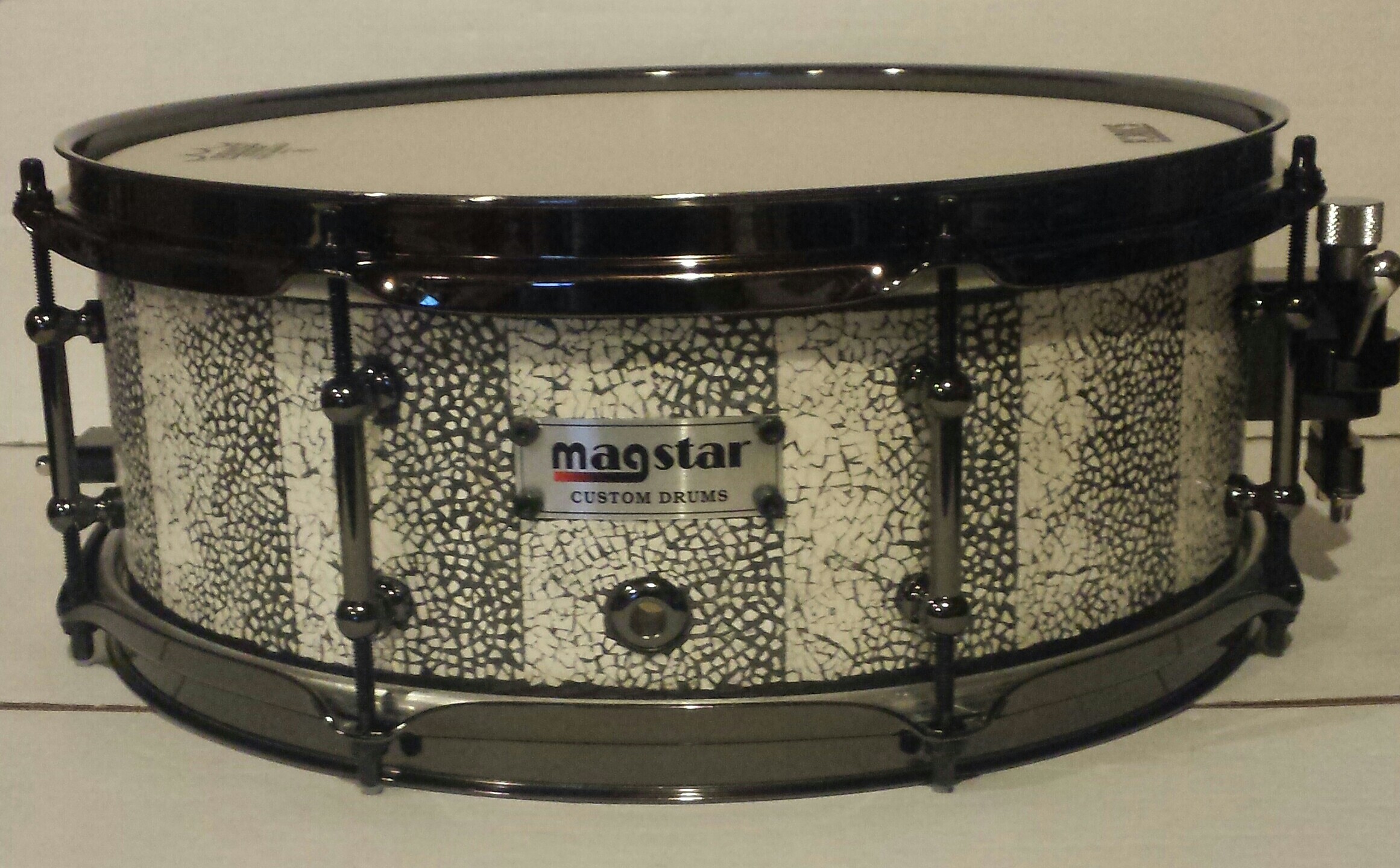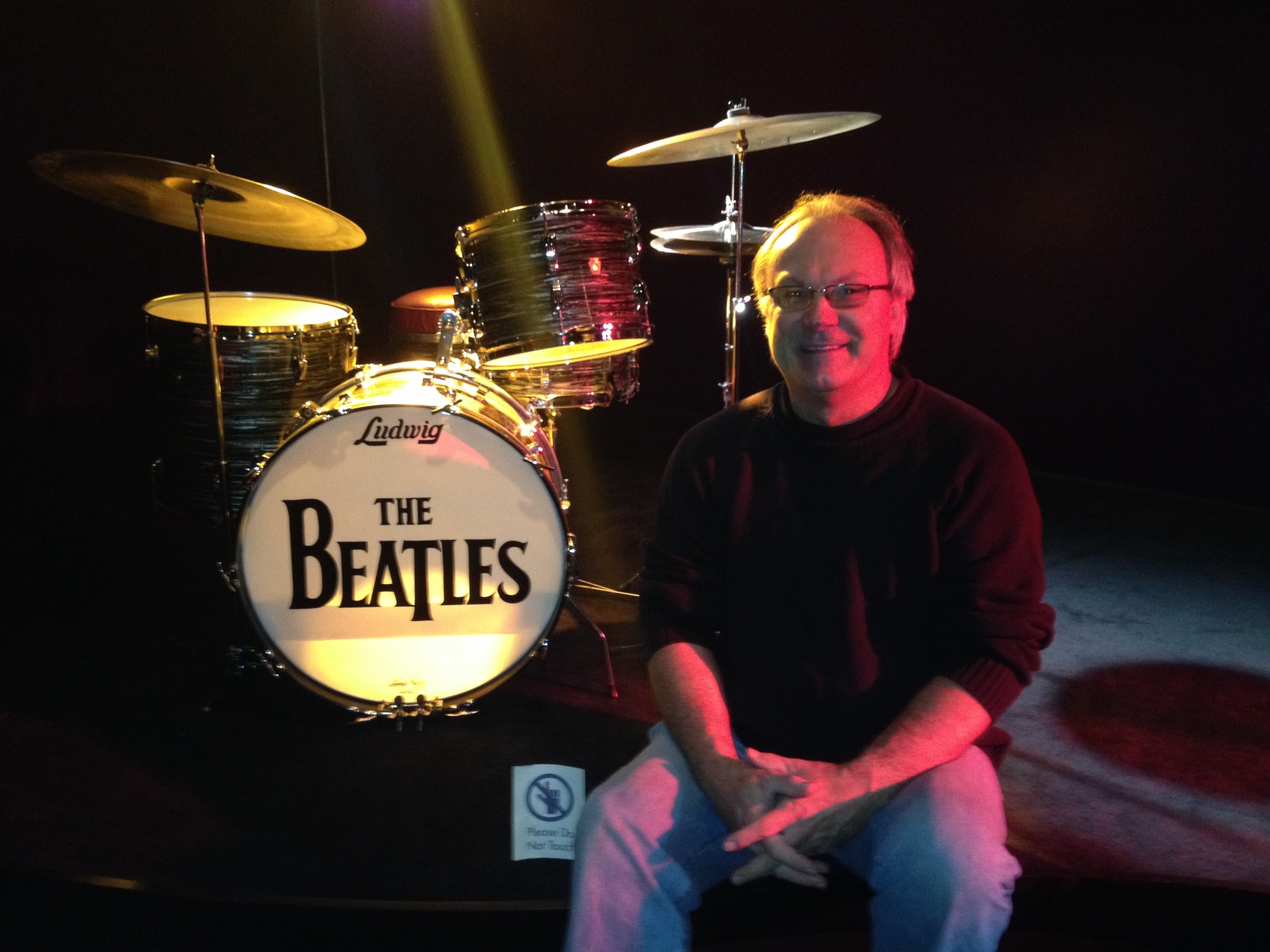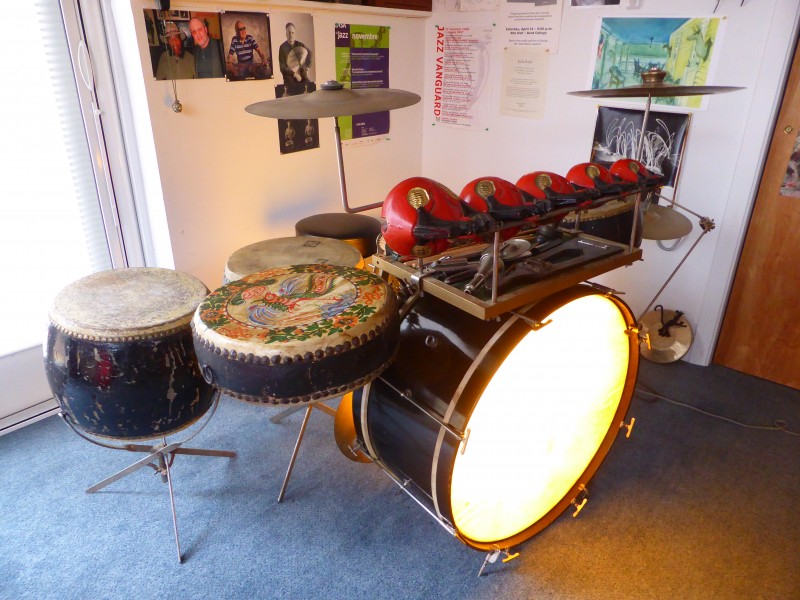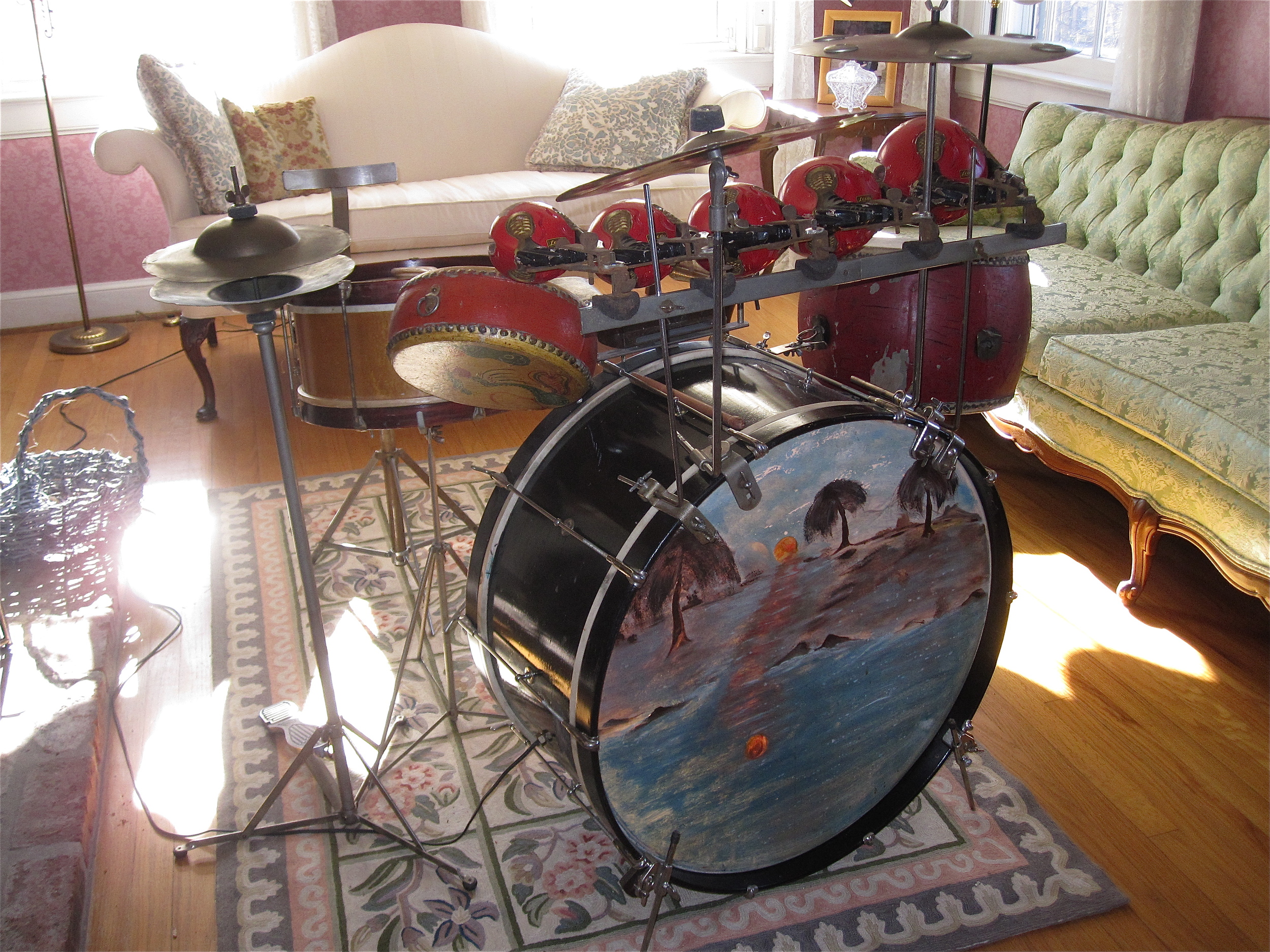by Bryan Herrman
My favorite drummer is Bun E Carlos. As a high school freshman in 1978, the album Cheap Trick Live at Budokan was the biggest thing I’d ever heard – and Bun E Carlos was the coolest drummer I’d ever seen. Bun E shaped my playing style, and as a kid from a small, rural town in western Kansas, I traveled the world through Bun E and the music of Cheap Trick.
Fast forward more than 35 years. In June, I’ll turn 50. My wife has been asking what I’d like for my birthday. It’s a special milestone. It deserves a special gift. After thinking about it for several months, it hit me square between the eyes one late Saturday evening as I was chatting on a vintage drum facebook page – “I want a Bun E Carlos drum kit from Cheap Trick. I wonder if he’d consider selling me one?” Never hurts to ask, right? So, at about 11pm, I shot Bun E a private message on facebook. I explained the situation, how much his music has meant to me over the years, and asked if he’d consider selling me one of his Ludwig kits. To my surprise (and delight), he responded almost immediately. He said he had a Mod Orange Ludwig Classic Maple that was stage played with Cheap Trick! Mod Orange – my favorite Ludwig color (I have a ’67 and ’69 Super Classic in Mod Orange).
After a few messages about the details, and hoping to not overstep my boundaries, I asked Bun E if I could pick it up in person so I could shake his hand and thank him for all the years of great music. He kindly obliged, and so began my pilgrimage to meet Da’King. A week later, my wife, son and I piled in our Jeep and headed from Kansas City to Rockford, Illinois. Seven hours-one minute, 481.2 miles on GPS. We listened to Cheap Trick ALL the way. We arrived at Bun E’s home at 10am the next morning. I pulled up to the “Bun E Hut,” and knocked on the door. I heard a friendly voice from inside, “C’mon in, Bryan.”
In a moment, I was standing with Bun E Carlos and shaking his hand. He was so friendly, that it was like we’d known each for years – just two drum guys talking drums. He couldn’t have been more accommodating, spending over an hour giving us a tour of his incredible vintage drum collection before we ever looked at the kit I was there to buy. He even let me play his practice kit, and showed me a few “tricks” in his equipment set-up.
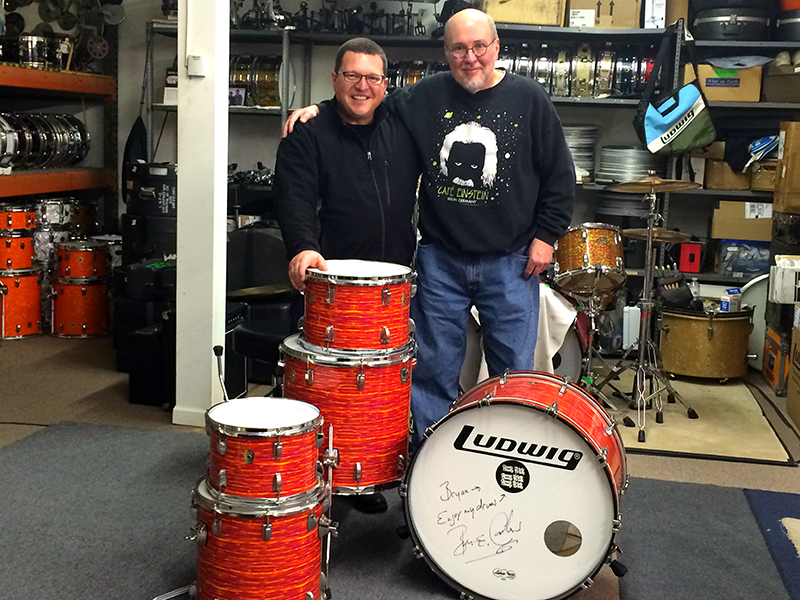
Finally, we switched our attention to the kit I was picking up: a 2004 Ludwig Classic Maple in Mod Orange wraps. 24+12+13+16. It’s a beautiful kit with a vintage vibe. The interiors were all signed and dated by Bun E when he picked them up in 2004. He also signed my son’s guitar, and the front head of the bass drum with a note, “Bryan – enjoy playing my drums.” Being the genuinely good guy I found him to be, he even helped us pack and load the kit into the Jeep.
While the kit I purchased is not vintage, this trip was all about nostalgia – a Cheap Trick road trip, the tour of Bun E’s vintage kits, sharing pictures of all my vintage kits, lots of good talk about great old drums. Best of all, I got to experience this incredible journey with my wife and 17-year-old, classic-rockloving son. It’s an experience we will never forget. Sometimes your heroes turn out to not be what you expected, but Bun E Carlos proves that good guys can finish first. He’s a stand-up individual, and couldn’t have shown more hospitality. My pilgrimage to see Bun E certainly exceeded my expectations, and I made a vintage-drum friend along the way. What a great way to celebrate 50!


